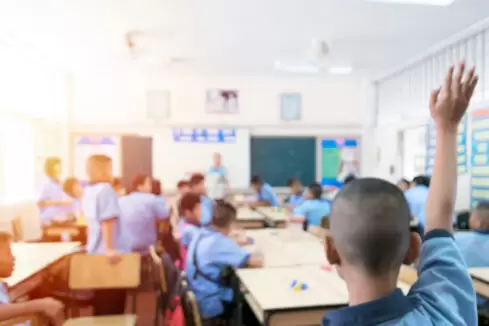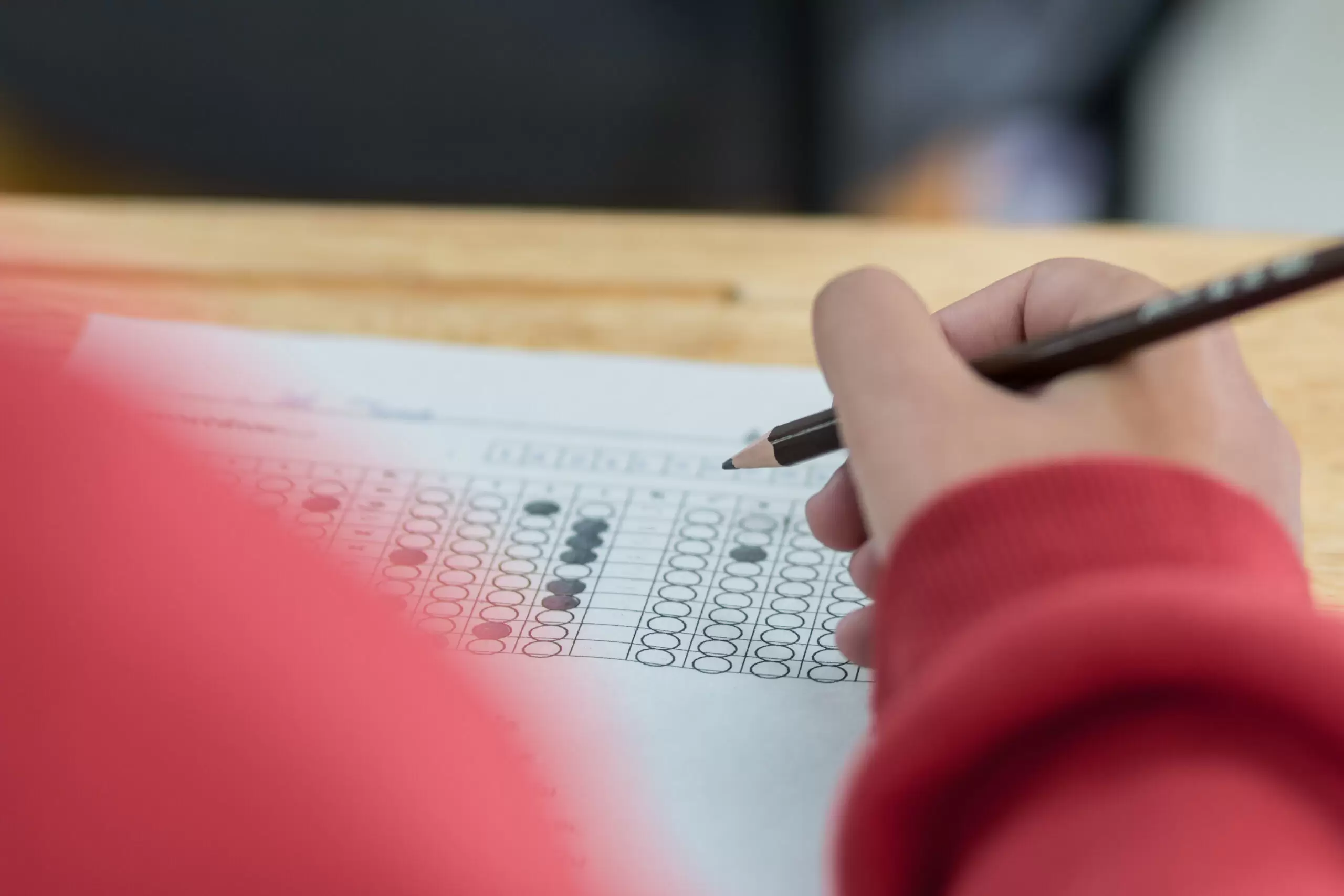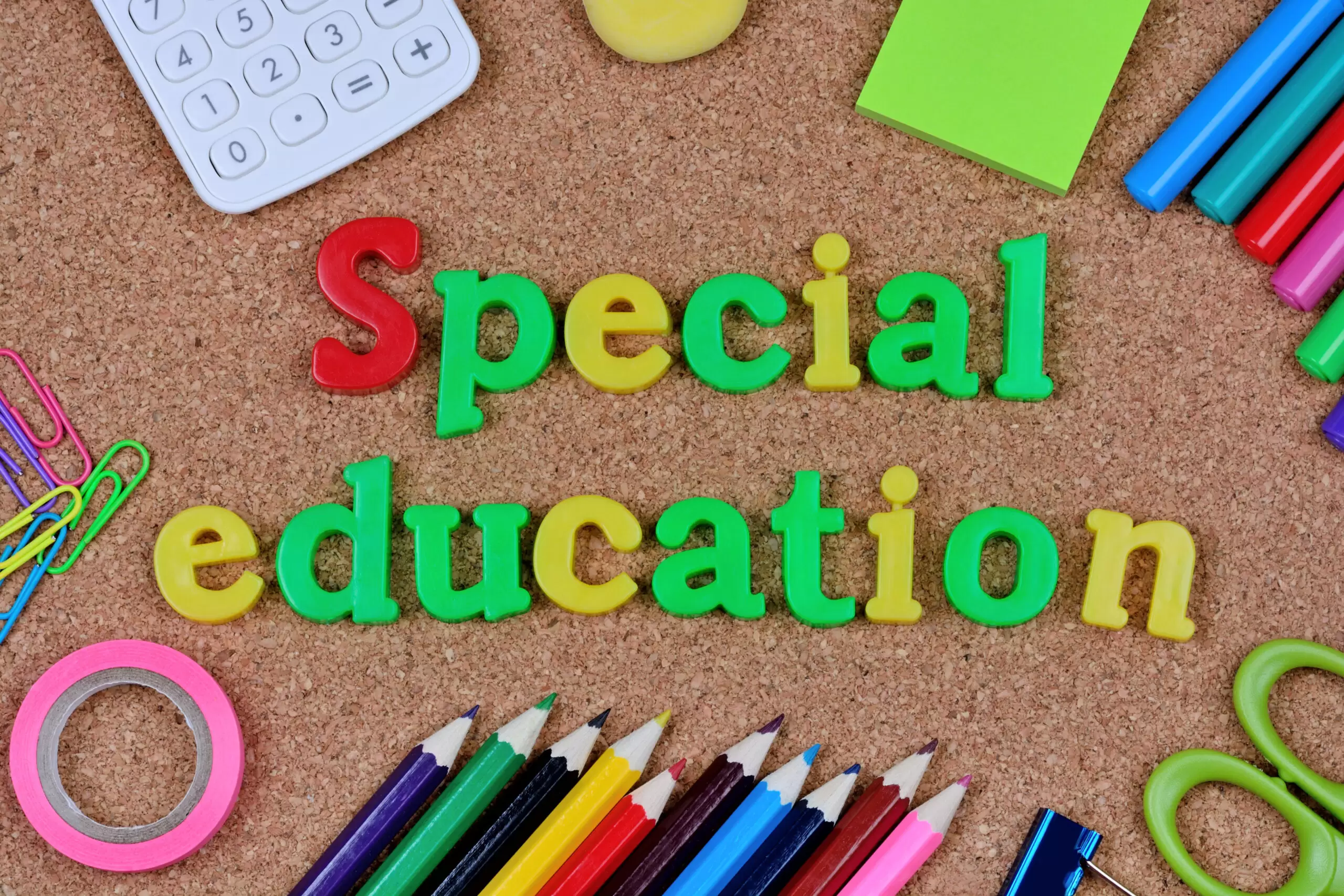
In the intricate tapestry of modern society, race and gender play pivotal roles in shaping the educational landscape. The interplay of these factors influences access to education, quality of learning experiences, and subsequent opportunities in life. Let’s jump into 20 Ways Race and Gender Impact Access to Education, we uncover the multifaceted ways in which these elements affect students’ journeys through the educational system.
1. Stereotyping and Bias in Classrooms

Stereotyping and bias can create an unwelcoming environment for students of certain races and genders, affecting their academic confidence and participation. Teachers may unconsciously favor certain groups, impacting their interaction with students and assessment of their abilities. This can lead to lower expectations and diminished academic performance for marginalized groups. Efforts to combat these biases through diversity training and inclusive teaching practices are crucial. Schools must foster an environment where all students feel valued and capable of succeeding.
2. Curriculum Representation

The lack of diverse representation in the curriculum can affect the engagement and self-identity of students from underrepresented groups. When students do not see themselves reflected in the material they study, it can send a message that their history and contributions are less important. This lack of inclusion can diminish students’ interest in learning and affect their educational aspirations. Integrating diverse perspectives and histories into the curriculum is essential for promoting equity and inclusivity in education.
3. Access to Advanced Placement and Honors Programs

Racial and gender disparities in enrollment in advanced placement and honors programs can limit educational opportunities for minority and female students. These disparities often stem from systemic biases and tracking practices that can discourage these students from pursuing advanced courses. Enhancing access to these programs through equitable recruitment and support initiatives can help bridge the gap. Schools need to ensure that all students have the information and encouragement to enroll in challenging courses.
4. Discipline Disparities

Race and gender can influence disciplinary actions in schools, with students of color and particularly boys being disproportionately punished. These disparities can result from implicit biases and lead to negative outcomes like increased dropout rates and involvement in the juvenile justice system. Addressing these disparities through fair and restorative discipline practices is crucial for maintaining an equitable educational environment.
5. School Resource Allocation

Schools in predominantly minority or low-income neighborhoods often receive fewer resources, affecting the quality of education for students in these areas. This can include outdated materials, less experienced teachers, and fewer extracurricular opportunities. Ensuring equitable funding and resources for all schools is essential to provide a quality education and equal opportunities for success.
6. Language Barriers

Non-native English speakers often face challenges in accessing education due to language barriers. These students may struggle to understand instructional materials and participate in class, affecting their academic performance. Providing language support services, such as ESL programs and bilingual instruction, can help mitigate these challenges and promote educational equity.
7. Gender Norms and Expectations

Gender norms and expectations can influence the educational experiences and career aspirations of students. Girls, for example, are often underrepresented in STEM fields, partially due to societal stereotypes about gender and ability. Combatting these stereotypes and encouraging all students to pursue their interests and talents is critical for achieving gender equity in education.
8. Testing and Assessment Biases

Standardized testing can reflect and perpetuate racial and gender biases, affecting students’ access to educational opportunities. Biases in test design and interpretation can disadvantage certain groups, influencing their college admissions and scholarship opportunities. Schools and policymakers need to consider these biases and explore alternative assessment methods to ensure fairness.
9. Access to Technology and Digital Literacy

The digital divide disproportionately affects students from low-income, rural, and minority backgrounds, impacting their access to technology and digital literacy. This gap can hinder their ability to complete homework, research, and participate in online learning. Bridging the digital divide through equitable access to technology and internet services is essential for ensuring all students can succeed in a digital world.
10. Higher Education Affordability

The rising cost of higher education can disproportionately impact minority and low-income students, limiting their access to college and advanced degrees. Financial barriers, including tuition costs and lack of access to financial aid, can prevent these students from pursuing higher education. Implementing policies to make college more affordable and accessible for all students is crucial to promoting educational equity.
11. Career and Technical Education Access

Access to career and technical education (CTE) can be skewed by race and gender, with certain groups being either overrepresented or underrepresented in these programs. This can limit individuals’ career prospects and reinforce occupational segregation. Ensuring equitable access to CTE programs and promoting diversity in various fields can help break down these barriers and open up new opportunities for underrepresented students.
12. Participation in Sports and Extracurricular Activities

Racial and gender disparities in sports and extracurricular activities can affect students’ overall educational experience and development of leadership skills. Often, access to these programs is limited in underfunded schools, predominantly attended by minority students. Providing equal opportunities for participation and recognizing diverse talents are important for holistic education and personal growth.
13. Impact of School Climate

The overall climate of a school, including its culture of inclusivity and respect for diversity, can significantly impact the educational access and success of students from various racial and gender backgrounds. Schools that foster a positive, inclusive environment promote better academic outcomes and emotional well-being for all students. Efforts to cultivate a respectful and supportive school climate are key to mitigating the effects of discrimination and bias.
14. Parental Involvement and Engagement

Parental involvement in education can be affected by race and gender, with some parents facing barriers to participating in their children’s schooling due to language, cultural differences, or socioeconomic status. Schools need to facilitate parental engagement in culturally sensitive ways to support the educational achievements of all students.
15. Access to Special Education Services

Racial and gender biases can influence the identification and referral of students for special education services, leading to disparities in who receives support. Ensuring fair and unbiased assessment processes and providing adequate resources for special education can help address these disparities and support the needs of all students.
16. Networking and Professional Opportunities

Access to networking and professional opportunities during and after education can be limited for certain racial and gender groups, affecting their career advancement and economic mobility. Creating programs that foster professional development and networking for underrepresented students can help level the playing field.
17. Housing Instability and Education

Housing instability disproportionately affects certain racial and gender groups, impacting students’ ability to attend school consistently and perform academically. Addressing housing insecurity and its educational impacts is crucial for supporting the learning and development of affected students.
18. Immigration Status and Educational Access

Immigration status can significantly impact access to education, with undocumented students facing numerous barriers to enrollment, scholarship eligibility, and higher education opportunities. Advocacy and policy changes are needed to ensure that all students, regardless of their immigration status, have access to education.
19. Access to Nutrition and Health Services

Nutritional and health services are critical for students’ ability to learn, yet access to these services can vary based on race and gender. Schools should ensure that all students have access to nutritious meals and health services to support their physical and cognitive development.
20. Exposure to Environmental Hazards

Exposure to environmental hazards, such as pollution and unsafe water, disproportionately affects schools in low-income and minority communities, impacting students’ health and ability to learn. Addressing these environmental injustices is essential for ensuring that all students have a safe and healthy learning environment.
Beyond the Classroom

Addressing the ways race and gender impact access to education requires a multifaceted approach that goes beyond the classroom. It involves reevaluating and reforming policies, practices, and perceptions that contribute to disparities. By actively working to eliminate these barriers, we can create a more inclusive, equitable educational landscape that empowers all students to reach their full potential.

Latrice is a dedicated professional with a rich background in social work, complemented by an Associate Degree in the field. Her journey has been uniquely shaped by the rewarding experience of being a stay-at-home mom to her two children, aged 13 and 5. This role has not only been a testament to her commitment to family but has also provided her with invaluable life lessons and insights.
As a mother, Latrice has embraced the opportunity to educate her children on essential life skills, with a special focus on financial literacy, the nuances of life, and the importance of inner peace.

